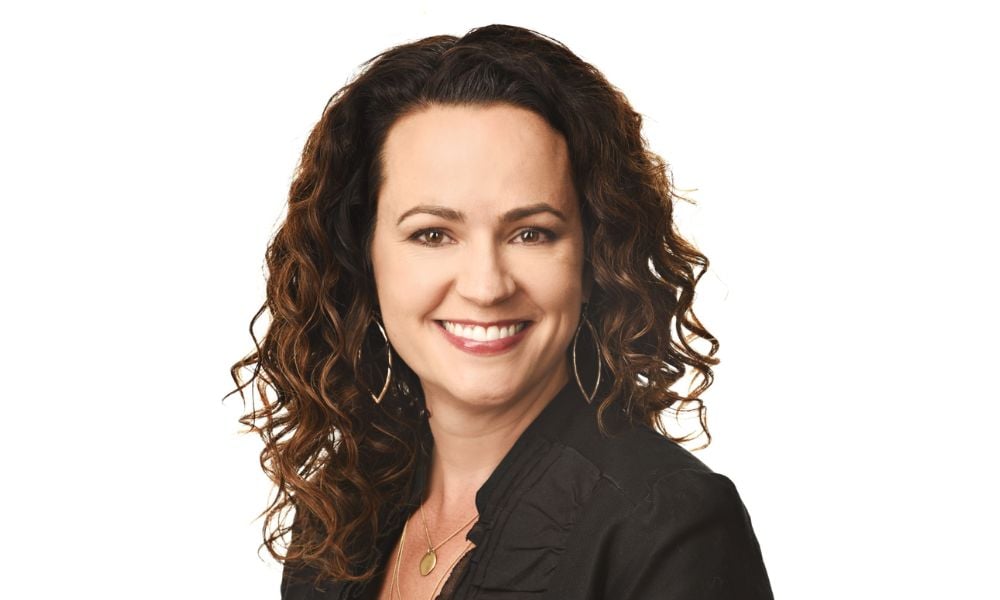The bureau's fate remains unclear – but will states pick up the regulatory burden if it's torpedoed?

The Trump administration is continuing to gut the Consumer Financial Protection Bureau (CFPB), issuing termination notices to dozens of employees this week just days after its offices were shuttered and activity halted at the watchdog.
Whether the bureau will be dismantled entirely remains to be seen, although Department of Government Efficiency chief Elon Musk – a key architect of the recent spree of cuts across federal government agencies and programs – has repeatedly called for its “deletion”.
That move would have potentially seismic repercussions for the US mortgage industry, which has faced a number of new regulatory requirements imposed by the CFPB since its creation under the Dodd-Frank Act in 2011.
Is the CFPB a necessary inconvenience for the mortgage industry?
Industry reaction to the administration’s purge of the regulator, though, has been mixed. While it’s often viewed as a hindrance because of its introduction of stricter mortgage disclosure rules, close servicer supervision and enforcement action against lenders, plenty within the mortgage space view its role as a necessary one after the global financial chaos inflicted by the mortgage meltdown of 2007-08.
“I know that the CFPB is kind of a punching bag for a lot of people in the industry because it’s like, ‘They’re getting in our way, they’re slowing us down,’” Rebecca Richardson (pictured top) of The Mortgage Mentor told Mortgage Professional America.
“But as somebody who saw the devastation of the housing crash up close and saw and heard a lot of the greed and lack of ethics in our industry that led to that… I feel like after we got through some of the vague aspects around changes to the APR [which the CFPB revised in 2020] and things like that, the CFPB does serve a good purpose just from the standard of consumer protection and standardizing documents.”
The Trump administration moves to curtail the CFPB, with Acting Director Russell Vought halting operations and top officials resigning. Elon Musk signaled the bureau’s demise, while Democratic senators warn of risks to consumers.https://t.co/vcame6HfpP
— Mortgage Professional America Magazine (@MPAMagazineUS) February 13, 2025
Having to comply with the bureau’s various requirements has increased overall costs for lenders over the years, Richardson said, and made it more difficult for smaller players in the market who face a very similar compliance burden to much bigger institutions.
“I think it sometimes stifles that growth or innovation because nobody wants to be under the [regulation] of the CFPB,” she added, “but at the same time, if that keeps the car on the road and keeps the market moving along, I think on the whole we come out to the good of having the CFPB perform the services that it does.”
Will states step up on the mortgage regulatory front?
What the new regulatory framework facing the mortgage industry will look like is anyone’s guess. The CFPB is far from the only agency acting as a mortgage watchdog, although the Trump administration has yet to give any indication of whether it’ll continue to exist in a stripped-back form or if states will step in to fill the void.
That means some uncertainty will probably arrive in the short term, according to Richardson, with key questions set to include whether current TILA-RESPA Integrated Disclosure (TRID) documents remain in use or be replaced by updated ones, and what the regulatory differences might look like from state to state.
“I’m sure it would be disruptive in the short term until it’s settled out what laws we’re now reverting back to and [whether those encompass everything – even just the changes over the last five years within the industry,” she said.
Lenders operating across multiple states will be keeping an especially keen eye on developments as they attempt to get a grip on what their regulatory framework will look like.
“I think it actually could put a bigger burden on companies who are multistate because now instead of adhering to a national standard with state refinements, then there’s no national standard,” Richardson said.
“Everything would go down to the states and then you’re trying to figure out what that Venn diagram is that overlaps from North Carolina to South Carolina or South Carolina to Virginia. And I would think that that could actually put a bigger compliance burden on companies.”
Stay updated with the freshest mortgage news. Get exclusive interviews, breaking news, and industry events in your inbox, and always be the first to know by subscribing to our FREE daily newsletter.



